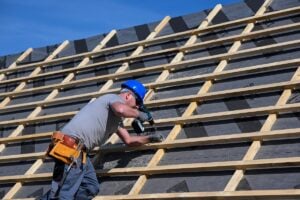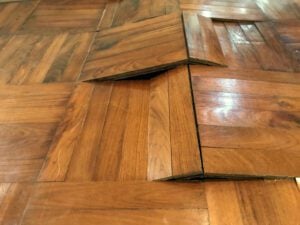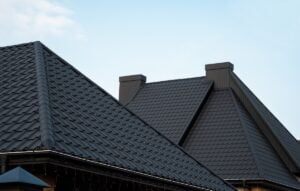When your roof starts showing signs of age or damage, you’ll likely face a big decision: roof restoration vs replacement. Both options protect your home, but the right choice depends on your roof’s current condition, your budget, and your long-term plans. Many homeowners struggle with knowing when a simple restoration is enough and when a full replacement becomes unavoidable. If you’re considering your options, professional roofing services can help determine the best solution for your home.
In this guide, you’ll learn:
- The key benefits of restoration compared to replacement.
- How to tell which option your roof really needs.
- Signs to look for before calling a pro.
- A seasonal homeowner checklist to protect your roof investment.
🏠 Why Understanding Roof Restoration vs Replacement Matters
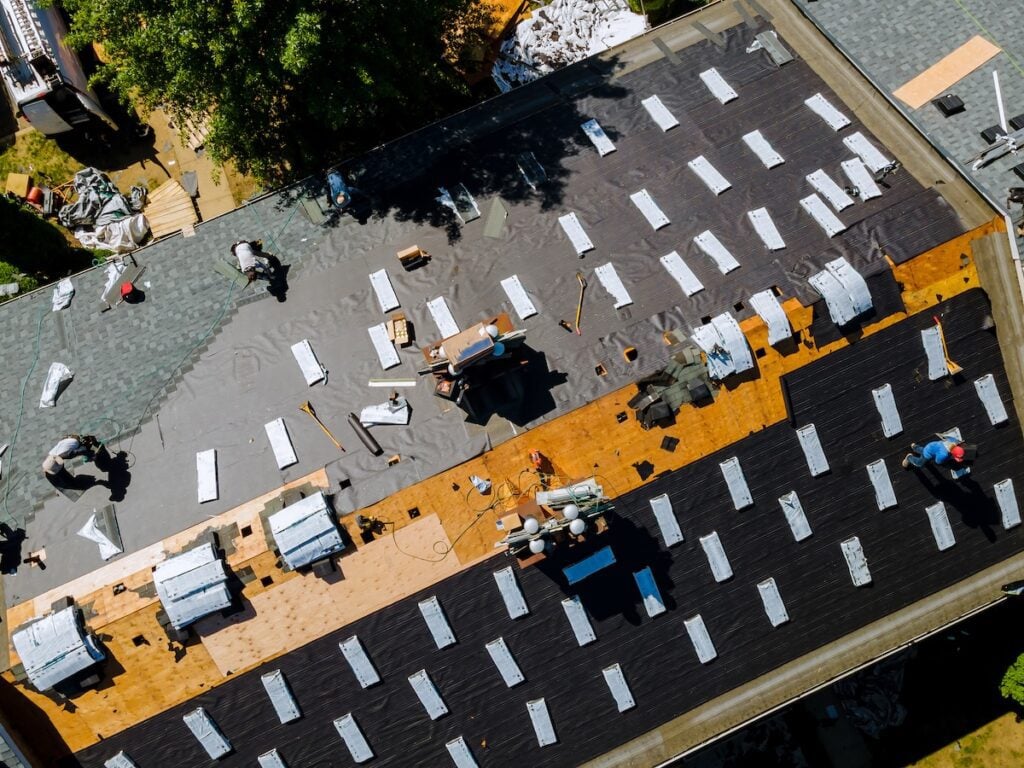
Making the right choice for your roof impacts more than just looks—it affects your home’s protection, efficiency, and future costs. Deciding between restoration and replacement isn’t always straightforward, but knowing the differences will help you make an informed, cost-effective decision.
- Protects Your Investment: Choosing wisely ensures you don’t overspend or under-fix, safeguarding your property value.
- Improves Longevity: Understanding the difference helps you extend your roof’s life when possible or commit to a new one when necessary.
- Boosts Efficiency: The right option can reduce energy waste and lower heating and cooling bills.
- Enhances Safety: Timely decisions prevent leaks, mold, or structural issues that threaten your family’s health.
- Supports Curb Appeal: Both options can improve the appearance of your home, but choosing the correct path ensures long-lasting results.
🔎 5 Key Reasons Homeowners Consider Each Option
Every roof reaches a point where it demands attention. The choice between restoration and replacement typically comes down to these main factors:
1. Age of the Roof
The age of your roofing system is often the first thing to evaluate.
- Roofs over 20 years old usually lean toward replacement.
- Younger roofs with minor wear can often be restored.
- Manufacturer warranties can also help guide the decision.
2. Extent of Damage
Damage type and severity determine whether restoration will hold up.
- Minor Issues: Small leaks, cracked shingles, or surface wear.
- Moderate Issues: Localized damage from storms that hasn’t spread.
- Severe Issues: Widespread leaks, sagging structure, or mold growth.
3. Cost Considerations
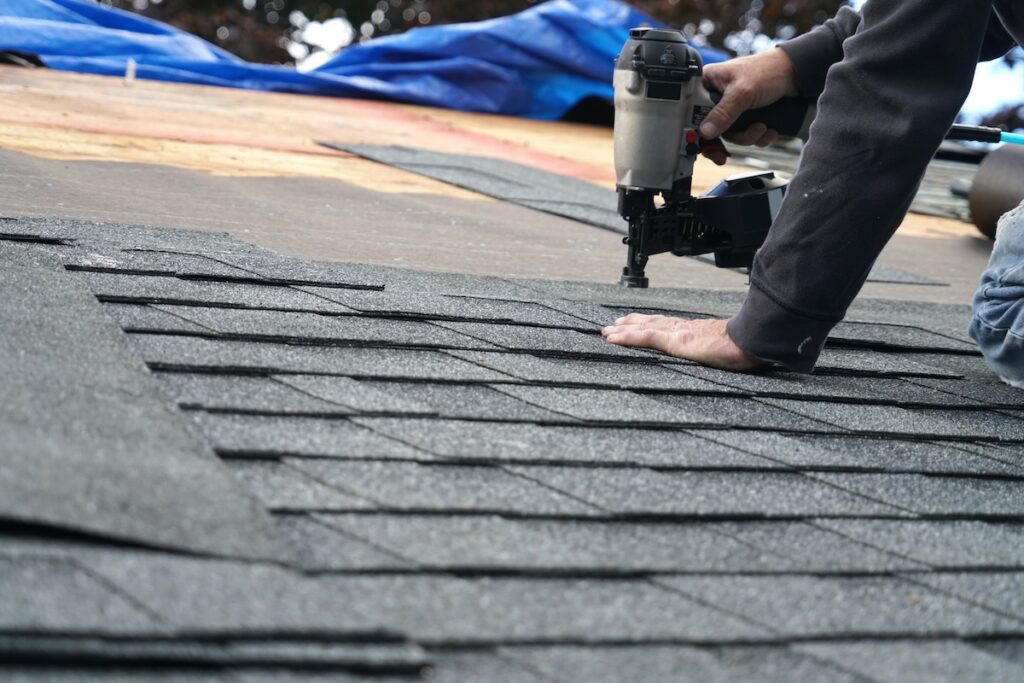
Budget plays a significant role in this decision.
- Restoration typically costs less upfront.
- Replacement offers longer-term savings with fewer future repairs.
- Consider financing options or insurance coverage if replacement is needed.
4. Energy Efficiency Goals
If you want to improve insulation and reduce energy bills, replacement may offer better solutions with updated materials. However, restoration can also help by sealing leaks and adding reflective coatings.
5. Long-Term Plans for the Home
If you plan to sell soon, restoration might provide a quick, cost-effective upgrade. If this is your forever home, a replacement could be the smarter investment.
📅 Seasonal Checklist for Roof Care
No matter which route you take—restoration or replacement—proper maintenance ensures you get the most out of your investment. Here’s a seasonal checklist every homeowner can follow:
- Spring: Inspect for winter damage, clear debris from valleys, and schedule a professional inspection if leaks are suspected.
- Summer: Check for heat-related wear, especially on older shingles or sealants, and ensure attic ventilation is adequate.
- Fall: Clean gutters thoroughly, trim back overhanging branches, and confirm flashing around chimneys and skylights is secure.
- Winter: Monitor for ice dams, ensure snow isn’t piling up on the roof, and use a roof rake if safe to do so.
This checklist helps prevent small issues from turning into costly problems, whether you’ve restored your roof or invested in a new one.
🧰 Signs It’s Time to Call a Professional
Homeowners often delay action until the problem becomes severe, but there are clear warning signs that should never be ignored. Recognizing these early can save money and protect your home’s structure.
Visible Structural Issues
- Sagging roofline.
- Noticeable dips in the roof surface.
- Cracks in the ceiling inside your home.
Ongoing Leak Problems
- Water stains on ceilings or walls.
- Damp insulation or musty odors in the attic.
- Mold or mildew forming around vents or chimneys.
Widespread Shingle Damage
- Multiple missing, curling, or cracked shingles.
- Large patches of granule loss on asphalt shingles.
- Exposed underlayment or decking.
Rising Energy Bills
When heating or cooling costs suddenly climb, it can signal poor roof insulation or ventilation—issues that restoration might patch temporarily but replacement solves permanently.
🏡 Common Mistakes Homeowners Make
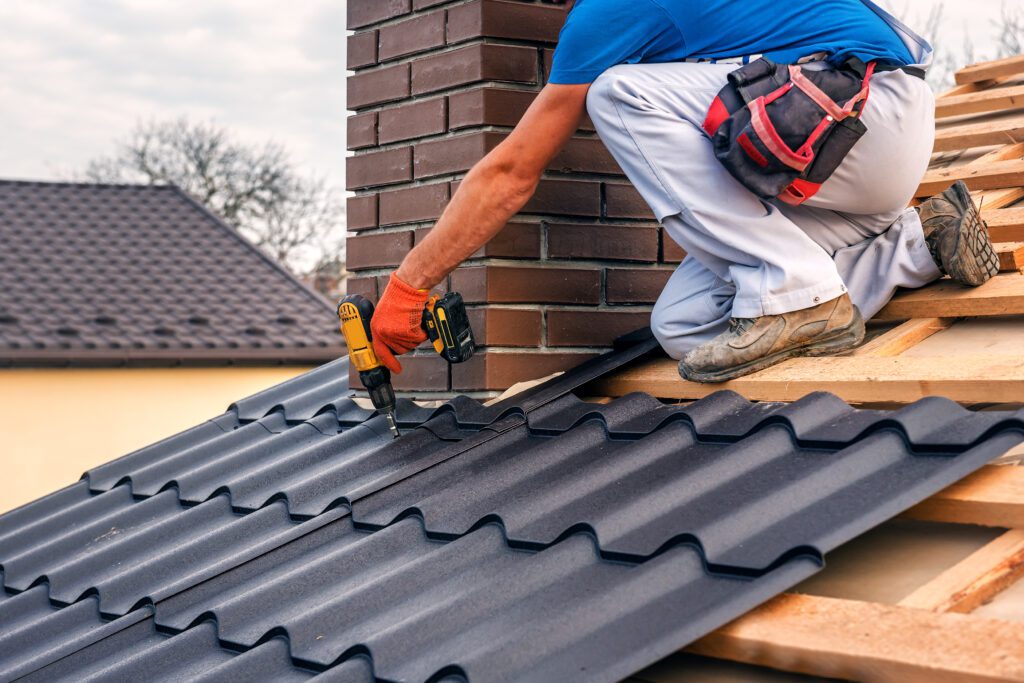
Many roofing problems get worse simply because homeowners don’t recognize or act on early warning signs. Avoid these common mistakes:
- Ignoring Small Leaks: Even a minor drip can lead to costly water damage and mold growth if left unchecked.
- Delaying Inspections: Waiting too long between inspections means small problems go unnoticed until they become major repairs.
- Choosing Cost Over Quality: A quick, cheap patch might fix today’s issue but won’t protect your home long term.
- DIY Repairs Without Experience: Attempting to repair or restore without proper knowledge can void warranties and create safety hazards.
- Failing to Address Ventilation: Poor airflow in the attic shortens the lifespan of any roofing system, restored or replaced.
By avoiding these mistakes, you can make whichever option you choose—restoration or replacement—last longer and perform better.
⚖️ Restoration vs Replacement: Which Adds More Value?
When weighing the two, many homeowners want to know which will add more resale value and curb appeal. The answer often depends on the market and the condition of your home.
- Restoration: Adds short-term appeal and extends the roof’s life, which may be enough to reassure buyers who want a move-in-ready home.
- Replacement: Adds significantly more value since it gives buyers peace of mind that they won’t face roof expenses for decades. A new roof is also a top selling point in real estate listings.
If you’re selling in the next few years, restoration might make financial sense. But if you’re staying long term, replacement delivers better value.
✅ Restoration or Replacement: What’s Best for Your Home?
Choosing between roof restoration vs replacement doesn’t have to be overwhelming. By weighing factors like age, damage, budget, and long-term goals, you can make a decision that protects your home and fits your needs. Restoration can give your roof new life for less, while replacement provides a fresh start with decades of durability. Either way, the key is acting before minor issues become major problems. If you’re ready for expert guidance or a professional inspection, don’t wait—contact us today to schedule your consultation and get peace of mind about your roof’s future.

